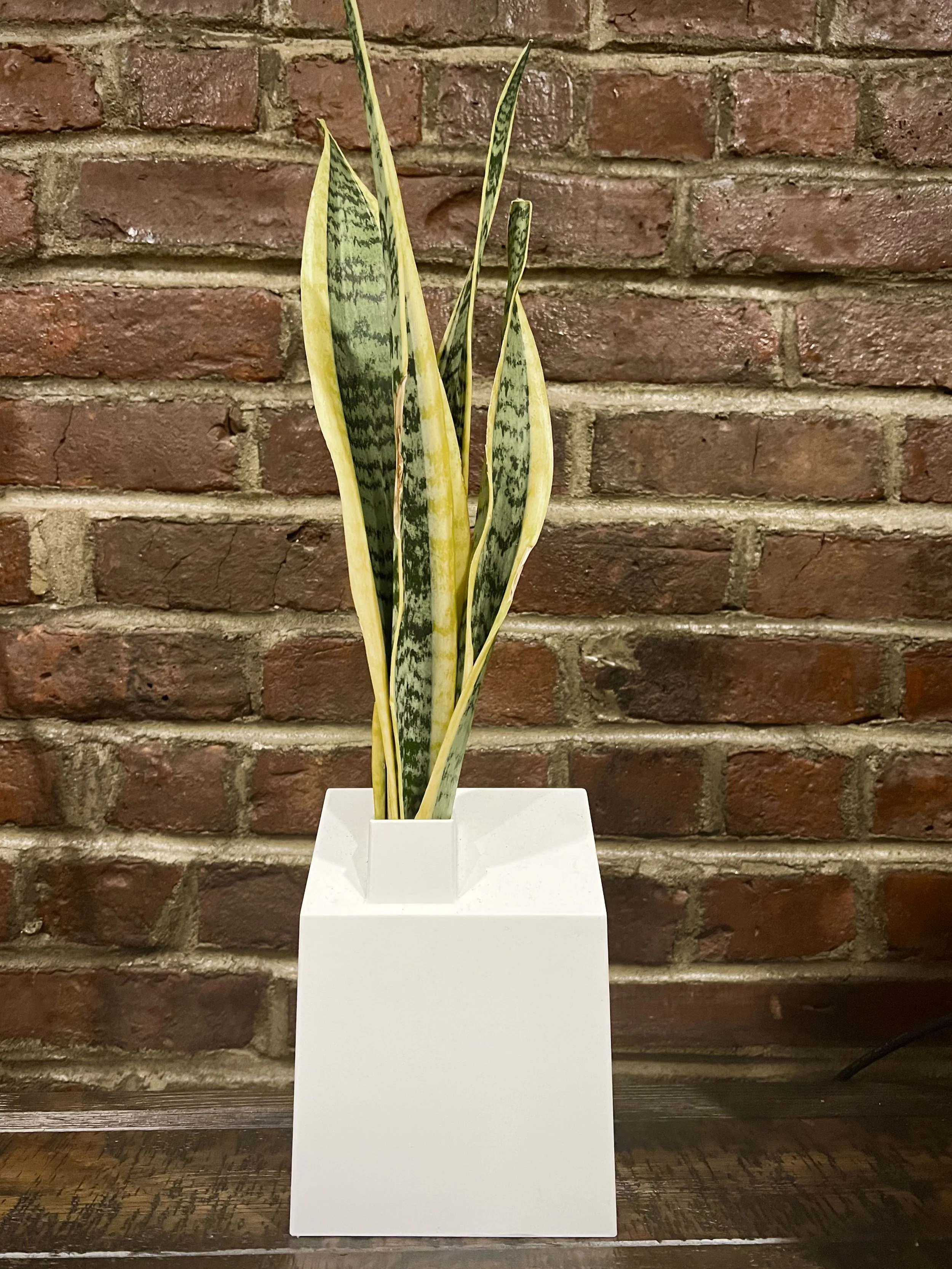Houseplant Homelands: The Geographic Origins of Your Favorite Indoor Plants
Houseplants. It’s in the name - they’re plants for your house. We think of these fronded, vining, sprawling, rooting, and pointed green friends as our steadfast companions of the home - sometimes fussy, sometimes resilient, and always brightening the indoor spaces they inhabit. But, like almost every organism, houseplants did once originate in the wild!
It can be hard to imagine our pampered flora roughing it in the wilderness, but understanding the geographic and environmental origins of your favorite houseplants has multiple benefits: enhancing your plant-care game, changing the way you buy and arrange plants, and enlightening you on the fascinating (and threatened) biodiversity that our planet has to offer.
3 Benefits to Understanding Where Your Houseplants Come From:
It’s easier to create humid micro-climates for your plants.
When putting together 2 or 3 plants from roughly the same geographic place of origin, they are often likely to share similar humidity needs. For example, both the Peperomia obtusifolia and many species of Philodendron appreciate a good 1x daily misting with a spray bottle. If you seek to aid certain plants with frequent mistings, the use of a humidifier, or other means, research if you can help multiple plants from the same areas to share the benefits of your microclimate.
It’s easier to water plants with the same level of thirst.
Clustering plants together based on geographic origin can help make planning for watering more efficient. For instance, ZZ plants and Snake plants both have very similar water needs, only needing H20 about 1x monthly! The 2 plants also generally agree on lighting - they don’t need much of it - which is a double bonus.
It enlightens you and those who visit your home/business.
You and your guests can learn about botany and the need to preserve biodiversity every time you look at a cluster of plants arranged by geographic origin!
Because many of us like to keep our homes at a comfortable temperature year-round, most houseplants are tropical plants, accustomed to reliable warmth and humidity. Whether you live in Siberia or Patagonia, your plants are likely to hail from the lower latitudes, with a few exceptions. Here are some plants, by continent and area:
Southern North America/Central America/Northern South America:
Philodendron (multiple species):
Philodendron is a sprawling genus with many species still wild and even many assumed to be yet undiscovered. Common houseplant species of Philodendron include both vining and ‘tree’ types: Philodendron hederaceum, Philodendron erubescens, Philodendron domesticum, and more. The entire genus is native to the Americas.
Peperomia obtusifolia (AKA baby rubber plant):
Also known as the baby rubber plant, Pilomedes are friendly-looking plants with closely-clustered round leaves. They are native to Florida, the Caribbean, and Mexico.
Monstera deliciosa (AKA Swiss cheese plant):
Renowned for their distinctive fenestrated (with holes) leaves, Monsteras are native to much of Mexico and Central America. Often one of the largest plants in a plant owner’s collection, they can grow in both a ‘tree’ style and also a vining style, for which many Monstera owners purchase special poles for the plants to climb.
Africa:
Dracaena trifasciata (AKA Snake plant):
The southern 2/3rds of Africa provide a disproportionate number of the hardiest, toughest plants in any plant owner’s arsenal, none more than the famous Snake plant. Native to tropical West Africa, Snake plants are considered the quintessential easy-care plant, with the primary risk from overwatering.
Zamioculcas zamiifolia (AKA ZZ plant):
Giving the snake plant a run for its money, ZZ plants have a reputation as low-maintenance troopers themselves, requiring few waterings (some swear by as little as once per month). They are native to East Africa from Kenya down to South Africa, on the other side of the continent from snake plants.
Asia:
Pilea peperomioides (AKA Chinese money plant):
As the largest continent on the planet, Asia is home to an enormous amount of flora. The Chinese money plant, as its name would suggest, is native to the Yunnan and Sichuan provinces of China - areas renowned as hotspots of biodiversity. Remarkably and regrettably, despite its worldwide popularity, the Chinese money plant is endangered in its native habitat.
Ficus elastica (AKA Rubber fig):
A true fig - meaning it’s a member of the Ficus genus - the glossy Rubber fig is native to large swathes of
South Asia and Southeast Asia.
Australia/New Zealand/Pacific:
Asplenium nidus (AKA Bird-nest fern):
For the pteridomaniacs among us, the Bird-nest fern is one of the premier ferns often used as a houseplant. Fascinatingly, the Bird-nest fern is native to Australia, but also much of the Pacific (including Hawaii), South Asia including India, and even East Africa!
Epipremnum aureum (AKA Pothos):
Also known as devil’s ivy, the Pothos is a notoriously hardy plant, giving even the stalwart plants of Africa a run for their money (or chlorophyll). Its name means ‘yearning’ in Greek, and the Pothos is known for its abundant vining and ability to grow even with very little light!
Written by:
Liam Trotzuk

